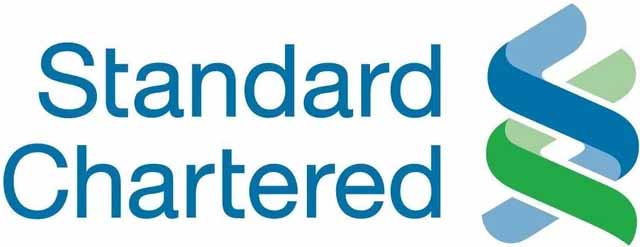Future of Trade 2030: Trends and markets to watch new research by Standard Chartered projects that global exports will almost double from $17.4 trillion to $29.7 trillion over the next decade.
The report reveals 13 markets that will drive much of this growth, identifies major corridors, and five trends shaping the future of global trade.
The report, commissioned by Standard Chartered and prepared by PwC Singapore, is based on an analysis of historical trade data and projections until 2030, as well as insights from a survey of more than 500 C-suite and senior leaders in global companies.
Global trade will be reshaped by five key trends: the wider adoption of sustainable and fair-trade practices; a push for more inclusive participation; greater risk diversification; more digitisation and a rebalancing towards high-growth emerging markets. Almost 90 per cent of the corporate leaders surveyed agreed that these trends will shape the future of trade and will form part of their five to 10-year cross-border expansion strategies.
Globalisation will drive the next decade of growth. Despite the recent push towards onshoring, growth corridors of the future will not just be intraregional — they will be global spanning Africa-East Asia; ASEAN-South Asia; East Asia-Europe; East Asia- Middle East; East Asia-Europe; South Asia-US.
Asia, Africa and the Middle East will see a ramp-up in investment flows, with 82 per cent of respondents saying they are considering new production locations in these regions in the next five to 10 years, supporting the trend towards rebalancing to emerging markets and greater risk diversification of supply chains.
The research found a significant trend towards the adoption of sustainable trade practices in response to climate concerns and a rising wave of conscious consumerism.



